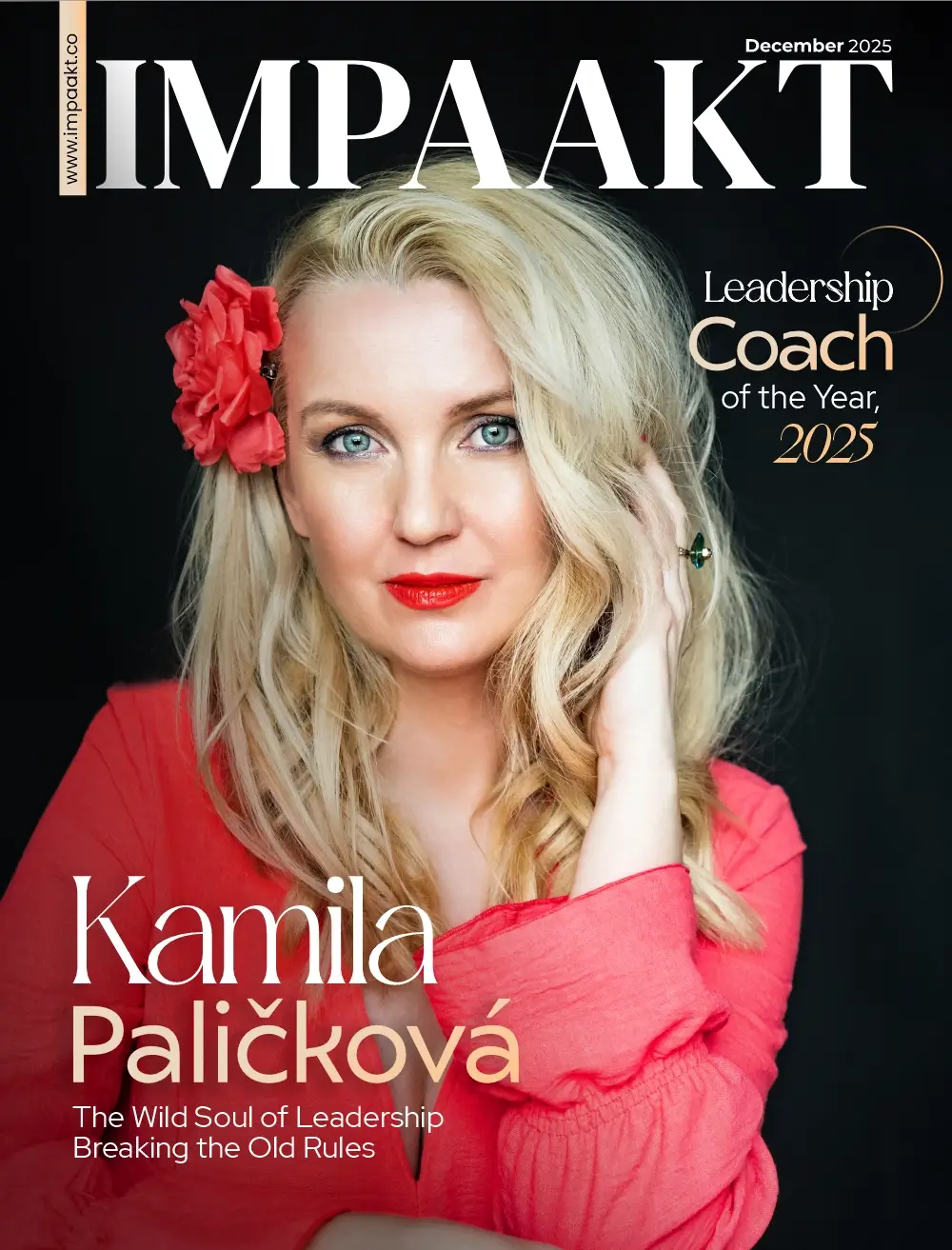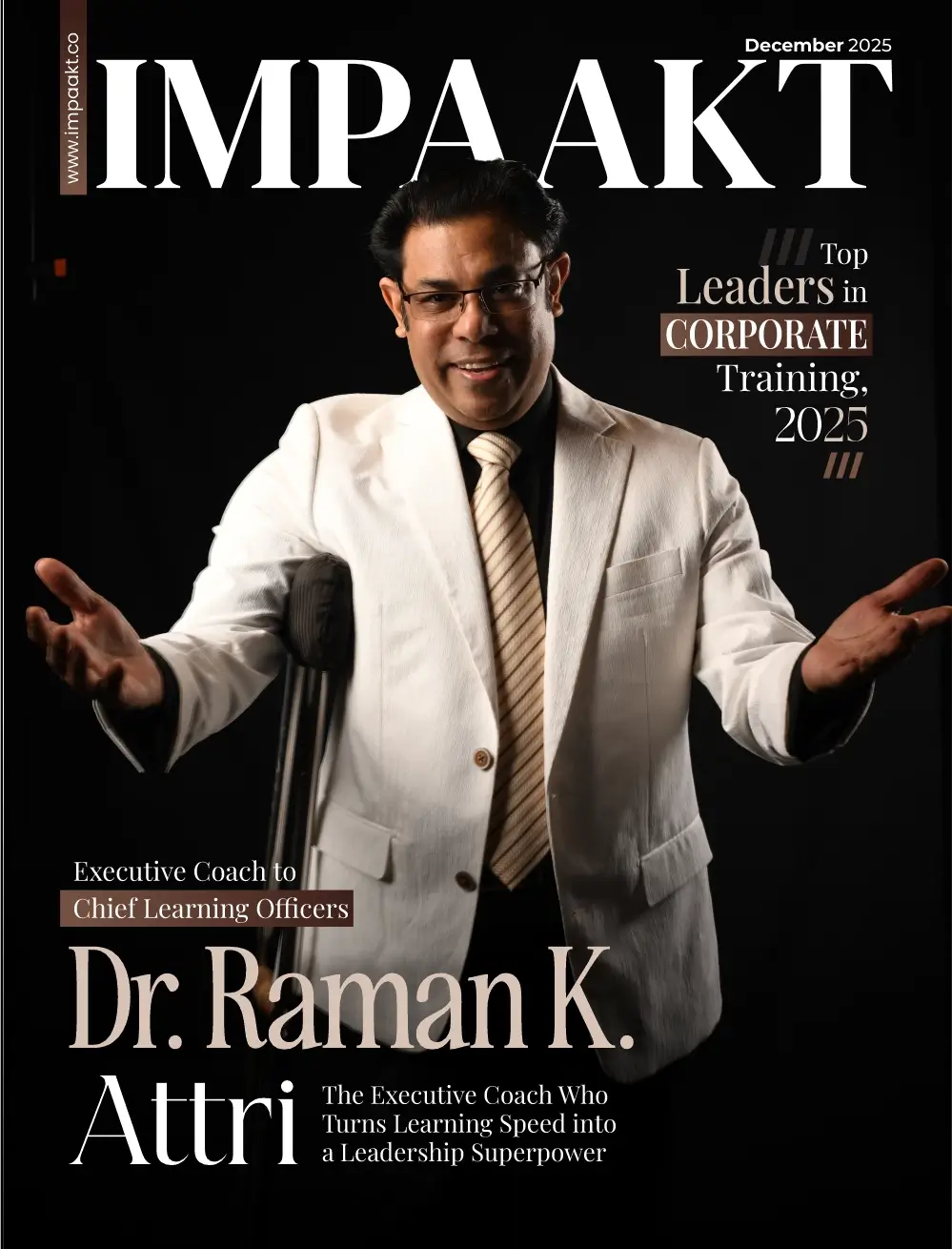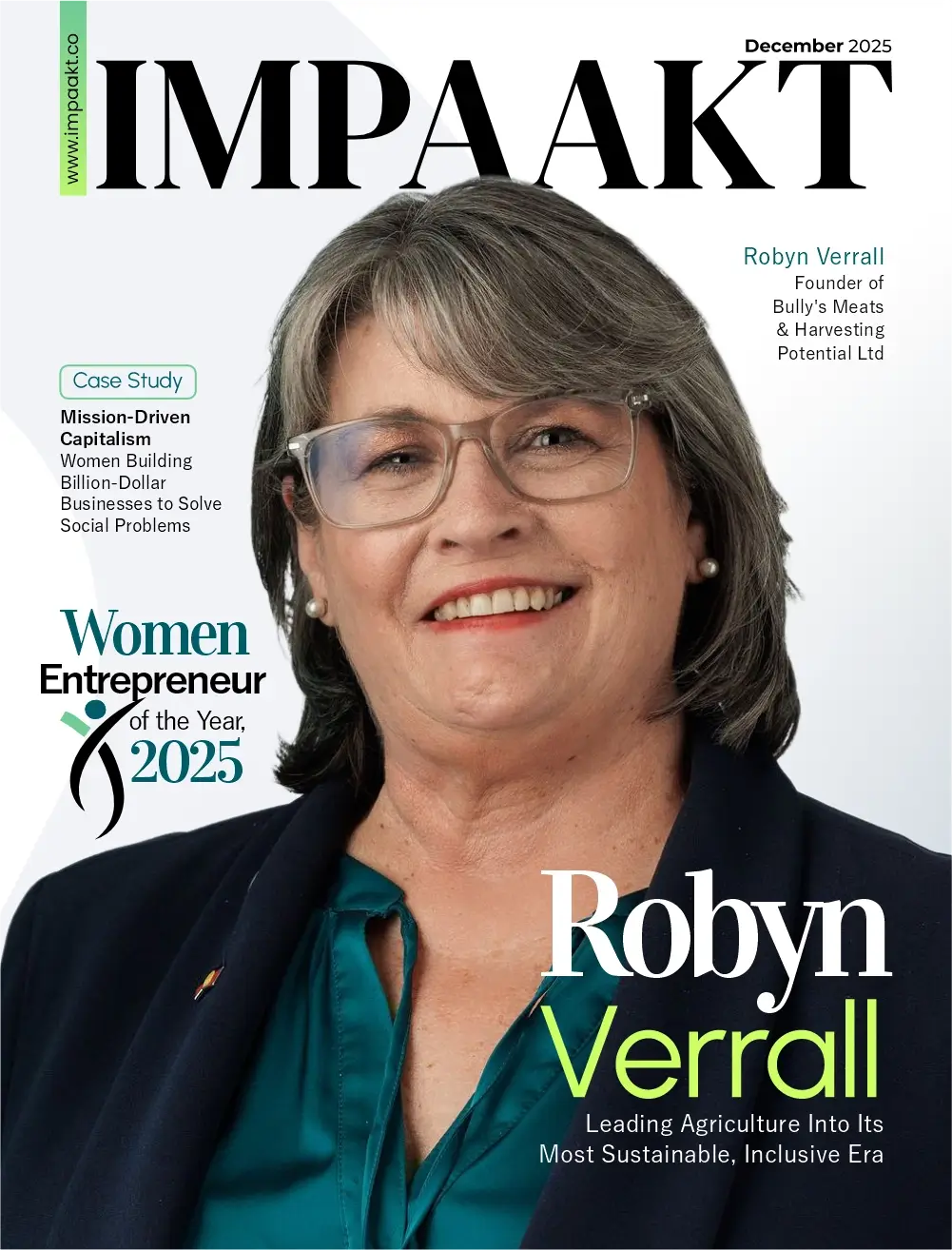Lunar exploration is faced with a critical challenge that arises in the form of a spatial gap that hinders sustainable exploration beyond a certain security limit. Astronauts are constrained by this perimeter, limiting their ability to delve into the vast expanse of the lunar surface and conduct comprehensive exploration.
Recognizing the need to address this limitation, a groundbreaking concept emerged—EUROHAB. This innovation seeks to bridge the existing gap, empowering astronauts to venture beyond the 10-km security limit confidently. By strategically placing a secondary habitat within this space, it not only provides a secure refuge for astronauts but also revolutionizes the exploration dynamics in the South Pole region.
Under the visionary leadership of Nisheet Singh, Co-founder of SPARTAN SPACE is at the forefront of pioneering solutions such as EUROHAB for extreme environments, particularly in the realm of space and underwater applications.
The company specializes in system design tailored for the challenges posed by extreme environments. Nisheet’s leadership has propelled the team towards ambitious projects, with a primary focus on developing innovative habitation systems. These systems are designed to thrive in environments where conventional solutions fall short, demonstrating SPARTAN SPACE’s commitment to pushing the boundaries of what is possible.
Nisheet, can you please introduce yourself to our audience and give us a brief overview of your journey so far?
My name is Nisheet Singh, and I hail from Lucknow, India. I pursued my engineering degree at Symbiosis, Pune, and remained in the city for nearly eight years. Following my engineering studies, I embarked on a career in the IT sector, gaining experience at prominent organizations such as HCL and Amazon.
Motivated by a passion for space exploration, I underwent a significant career transition. I left Pune and India to pursue a master’s degree at the International Space University, participating in both the Space Study Program in 2017 and the master’s program in 2018.
After completing my master’s degree, I seized an internship opportunity at a company in France, dedicating approximately 2 1/2 years to the role. Subsequently, I, along with my team, co-founded Spartan Space. In my current capacity, I oversee operations and engage in system engineering activities for the organization.
Can you share your experiences as a student at the International Space University and how it has influenced your career?
As previously mentioned in my introduction, my professional journey in India post-engineering posed challenges as I aspired to make a mark in the space industry. This desire led me to apply for the International Space University (ISU) program, specifically opting for the comprehensive experience offered by the Space Study Program.
The Space Study Program, spanning three and a half months, resembled a space camp, drawing experts from various corners of the industry, including NASA and ISRO. This immersive experience unfolded in Ireland, where I found myself in the company of rocket scientists, planetary biologists, and diverse professionals. This mix proved invaluable, especially as someone entering the industry from an unconventional background.
The SSP experience provided insights into the workings of the space industry, exposing me to different domains and facilitating networking with industry experts. This exposure played a crucial role in helping me define my trajectory within the industry for the ensuing years.
Subsequently, the Master’s program, a general Master of Space Studies, encompassed team projects, individual assignments, internships, and followed a traditional university schedule. The program’s main advantage lay in its diverse cohort, featuring students from around the world with varied perspectives and disciplines. This global collaboration made tackling challenges in the space industry a rewarding experience.
Personally, having prior work experience outside the space industry proved advantageous during the ISU program. While the Master’s program welcomed professionals seeking to broaden their industry knowledge, my background offered a unique edge.
Transitioning directly from a bachelor’s degree to such a program can be demanding, but my work experience provided a foundation, making it easier to navigate the professional and academic landscape.
Reflecting on the importance of diversity in teams, I believe that cultural differences contribute significantly to the learning curve, applicable across industries. In conclusion, my Master’s program at ISU was a fulfilling and enriching experience, shaped by the diverse and culturally varied team dynamics that characterized the learning environment.
Please tell us more about your role as the Head of Operations and System Engineering at Spartan Space? What inspired you to co-found it with other partners?
Certainly, let me provide a more detailed elaboration on my role and the inspiration behind it.
To delve into the specifics of my role at Spartan Space, it’s essential to understand the unique dynamics of our small, startup team. In such an environment, each team member wears multiple hats, and versatility is paramount due to the size constraints. While I contribute to various aspects of our operations, my official designation is Head of Operations and System Engineering.
In this capacity, I am primarily responsible for orchestrating and coordinating missions, including simulations and the construction of mock-ups, whether for seminars or practical simulations.
This daily routine encompasses a blend of organizational and hands-on tasks, requiring adept project management skills for the ongoing projects within the company. Additionally, my role involves active participation in projects, leveraging my expertise as a system and electronic engineer.
Now, addressing the second part of your inquiry regarding what motivates me in my role, the driving force is undoubtedly the cohesive and collaborative spirit within the Spartan team.
Having collaborated extensively over an extended period, our decision to establish Spartan Space was fuelled by the genuine enjoyment of working together. The camaraderie within the team creates an ideal working environment where mutual understanding prevails.
This synergy is vital for the smooth functioning of our operations, fostering a balanced and productive team dynamic. The inspiration to continue working together stems from the established rapport and the shared commitment to our common goals.
Despite the challenges inherent in managing diverse responsibilities in a smaller team, the strength of our collective effort and the harmonious work environment make the journey worthwhile. In essence, the quality of the team, irrespective of its size, remains a cornerstone in achieving our objectives.
Spartan Space focuses on developing habitation systems for space and the Moon. Could you provide some examples of specific projects or initiatives that the company is currently working on in this regard?
Returning to my role and the company’s vision, when Spartan Space was founded, our primary focus revolved around the conception of a secondary habitat for the lunar surface known as Eurohab.
This innovative concept entails deploying a secondary habitat onto the lunar surface via a Lander, whether it be a European Space Agency Lander or a commercial counterpart. Eurohab serves as a preparatory habitat dispatched ahead of any human presence on the moon. It autonomously lands on the lunar surface through a robotic Lander and awaits the arrival of astronauts.
The necessity for a secondary habitat arises from the strategic objectives of Artemis missions, particularly those targeting the South Pole of the moon. The South Pole, with an area not larger than Paris, is meticulously mapped to identify points of interest such as water ice and areas with high illumination for continuous power production.
Given the distance between these points of interest and the designated landing spots, there exists a security constraint imposed by NASA. Astronauts, either on foot or utilizing an unpressurized Rover like the Lunar Terrain Vehicle from the Apollo missions, are limited to a certain distance to ensure a safe return to the Human Landing System (HLS).
To bridge this gap and facilitate sustainable lunar exploration, the concept of Eurohab was born. Placing the secondary habitat within the 10-kilometer security limit allows astronauts to explore beyond this perimeter, taking shelter or resting in the habitat as needed. This not only serves as a safety refuge but also significantly expands the exploration area in the South Pole region.
Upon establishing Spartan Space, we embraced an ideology that goes beyond computer models, emphasizing a commitment to prototyping. Within the company’s inaugural year, we successfully developed a scale one prototype of EuroHab, showcasing it at the International Astronomical Congress in Dubai.
Subsequently, we engaged in various projects with esteemed space agencies such as the European Space Agency and the French Space Agency, focusing on similar pioneering topics within the realm of lunar exploration and habitat development.
Now, tying it back to the broader context, EuroHab, developed by Spartan Space, functions as an inflatable module designed as a payload for lunar missions. It serves as a secondary habitat or safe haven for astronauts on the moon. The robotic lander deployment allows EuroHab to be strategically placed on riskier landing spots closer to points of interest, addressing the challenge of accessing lunar resources and expanding the exploration area. EuroHab’s role in increasing the range of exploration missions, providing shelter, and supporting scientific activities further underscores its significance in advancing lunar exploration and habitat development.
What are the core technologies and operational modes that Spartan Space is developing to enable humans to live and work in extreme space and underwater environments?
Regarding EUROHAB and the broader context of extreme environments, whether on Earth, in space, or on any planetary object, the challenges are often parallel. Consider, for instance, the absence of breathable air underwater, a scenario mirrored on the moon.
In both cases, the imperative is clear: one must either produce the necessary air or transport it along. Such technologies are, in essence, applicable across these disparate yet similarly inhospitable environments.
At Spartan, our focus extends beyond EUROHAB. We are actively engaged in the development of life support systems tailored for habitats in extreme environments. This encompasses not only lunar surfaces but also underwater habitats and space. The essence lies in creating versatile technologies that can seamlessly transition between these demanding conditions.
Our endeavours at Spartan encompass the comprehensive development of life support systems, extending beyond habitat applications. Notably, we are delving into space suit development, where our efforts are directed towards a portable life support system designed to sustain human life in the vast expanse of space.
This multi-faceted approach underscores our commitment to advancing life support technologies that are adaptable and effective across a spectrum of challenging environments, from the depths of Earth’s oceans to the expanses of outer space.
What projects have you worked on as an independent consultant, and what were the key contributions you made to those projects?
In the early stages, our projects revolved around my enthusiasm for space exploration, particularly focusing on the moon and habitation systems. One notable initiative involved in situ resource utilization—recycling every kilogram of material on the moon for various purposes.
This sustainability-driven project cataloged lunar surface assets, distinguishing recyclable items from non-recyclable ones. The goal was to promote responsible resource use, avoiding wasteful disposal on the moon.
These efforts align with our commitment to sustainability and appeal to a diverse audience, including budding entrepreneurs and aspiring space enthusiasts. By showcasing practical applications like resource utilization, we aim to inspire innovation and engage the next generation in the dynamic realm of space exploration.
How do you stay updated with the latest developments and trends in the space industry, and how do you incorporate this knowledge into your work?
Initially outside the industry while working in India, I relied on news websites for updates on the latest developments. As my interest grew, I delved into research papers and attended conferences, where personal connections and industry insights flourished.
Conferences not only kept me informed but also paved the way for collaborative projects. This interactive exchange remains a crucial source for staying updated and engaged in the industry.
In this inherently confidential industry, to what extent do you believe information is widely available and accessible to the general public?
There are two distinct sectors within the broader space domain—satellite business and space exploration. Although both fall under the overarching category of space, delving into specific topics reveals varying degrees of confidentiality. Certain aspects, particularly those related to defense, are often not open to the public.
For instance, satellite data from Galileo and Copernicus is readily accessible to the public and private companies. However, ongoing developments in specific projects can be highly restricted. Access to datasets related to these projects is often limited to those directly involved, making it challenging for external parties to obtain such information.
Nisheet, can you provide an example of a particular challenging problem you’ve faced in your career and how have you solved it?
Two significant challenges stand out in my memory that have profoundly impacted my life. The first occurred when I decided to transition my career while working in India. At the time, my job was monotonous and unrelated to space, prompting me to explore opportunities within the country.
However, the limited prospects in the space exploration sector led me to broaden my search globally. Eventually, I discovered the International Space University (ISU), aligning with my criteria for a career change. This challenge involved leaving a stable career in India to pursue studies on a different continent, shaping the trajectory of my current path.
The second challenge emerged when I began working in France in a non-English speaking environment. While initially daunting, the kindness of the people around me eased the transition.
Moreover, the decision to leave my job and co-found Spartan Space, especially in the aftermath of COVID, presented its own set of challenges. Despite these hurdles, the solution was clear—to remain focused, put in the hard work, and persevere.
This approach proved instrumental in overcoming the challenges and has been a guiding principle throughout my journey.
What do you believe are the most critical skills and qualities for success in the space system consulting field?
Certainly, the paramount skill, in my opinion, transcends individual expertise as an engineer or scientist. While those are crucial personal skills, the most critical skill, universally applicable in any business, is teamwork. The ability to collaborate effectively, whether leading a team or contributing as a team member, is pivotal.
In my experience, particularly in the business realm, I’ve learned that success hinges on the strength of teamwork. It extends beyond the technical aspects, involving diverse perspectives from fields like policy and architecture.
Balancing your own views while respecting others’ opinions is essential for cohesive progress. This skill, I believe, is fundamental not only in the space industry but across all industries. The axiom holds true: “None of us is as smart as all of us together.”
Where do you see yourself professionally in the next 5 years, and how do you plan to get there?
So, the next five years I would say I see myself actively contributing to the to the moon missions and trying to get this sustainability on moon where we have sustainable presence of astronauts or humans on the surface and around the moon as well. And yes, I want to see myself heavily involved in doing that.











